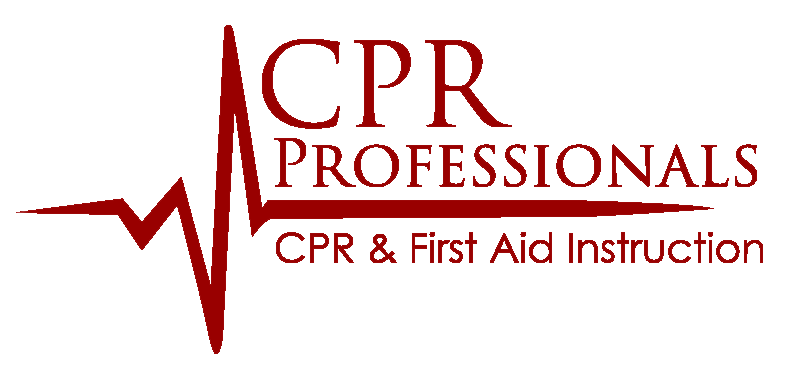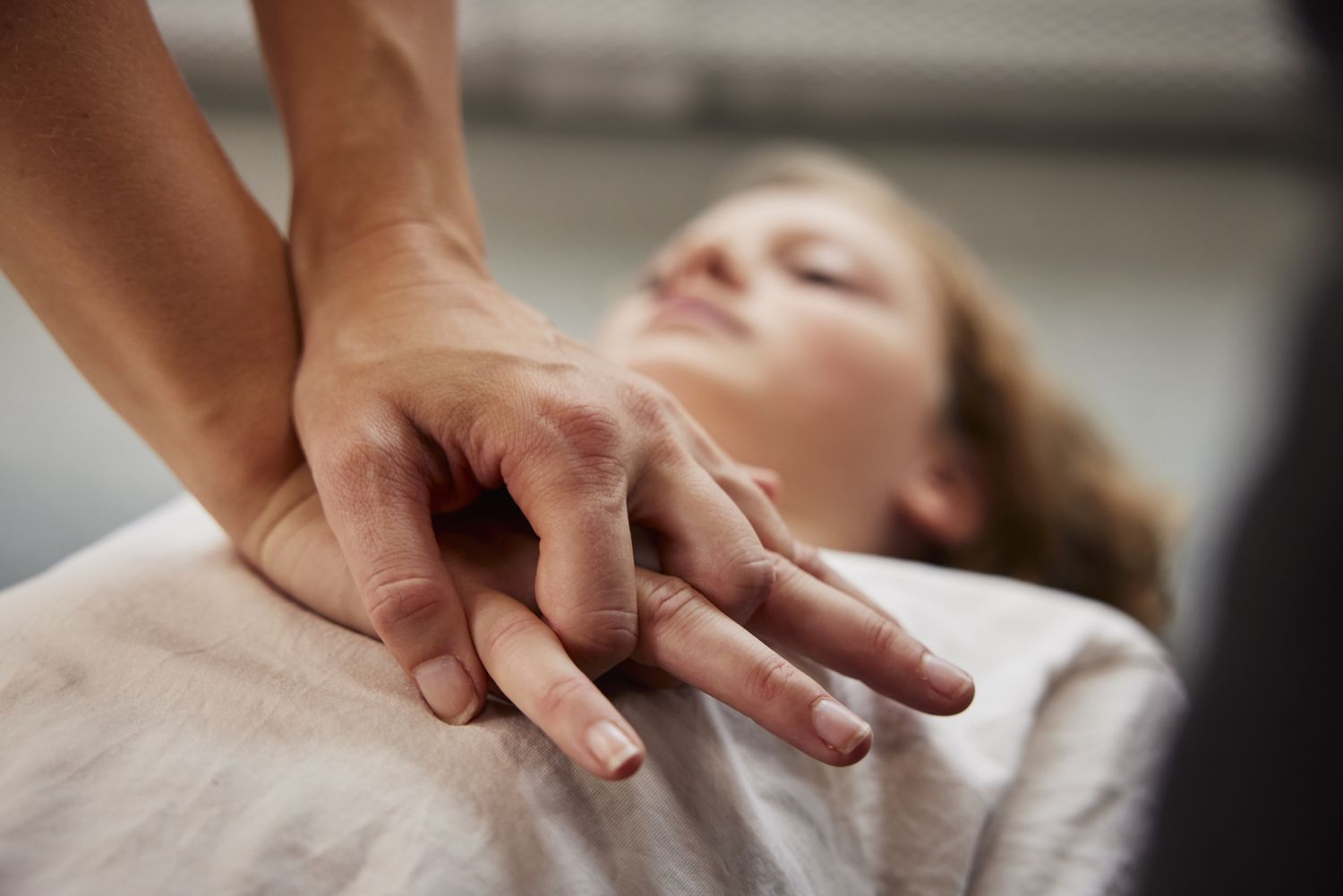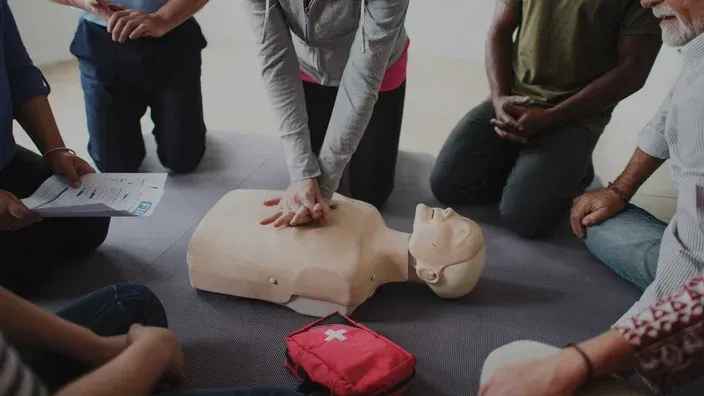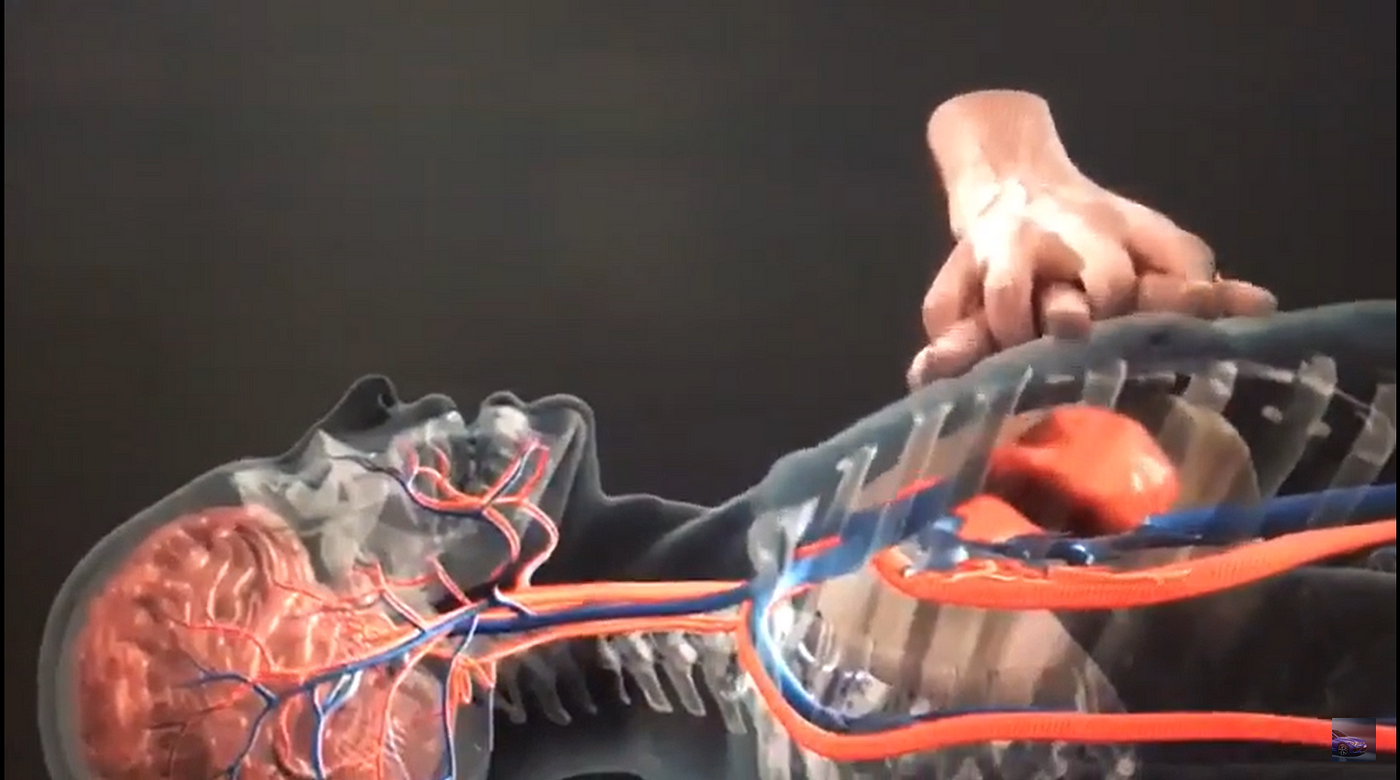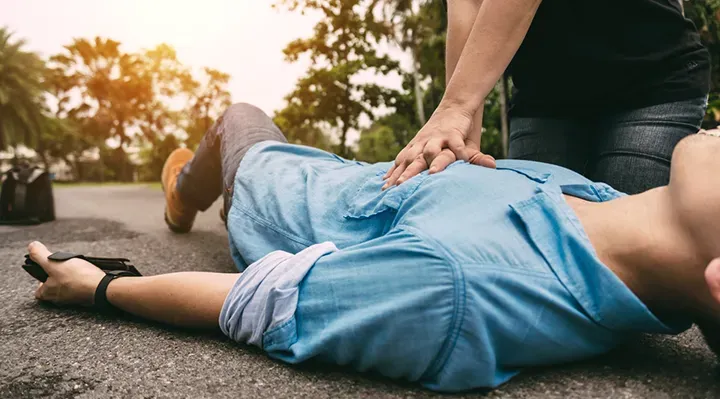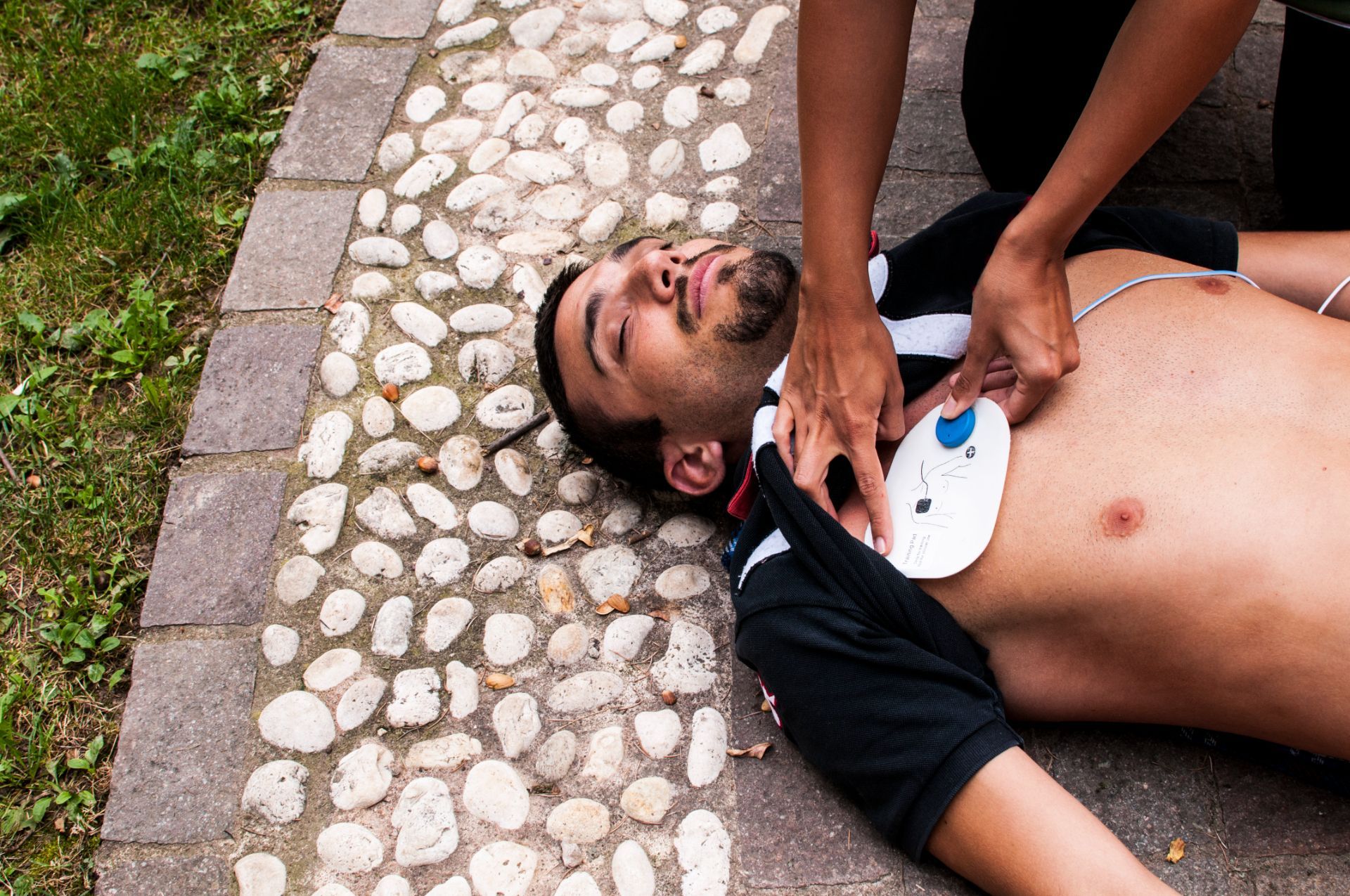Do I Need CPR Training if I Have an AED at Home?
Yes, CPR training is just as important as owning an AED. By combining both, you're setting yourself up for success in those critical, life-or-death moments. Start your training with CPR Professionals today and ensure you're ready to act if an emergency arises.
What Is an AED and How Does It Work?
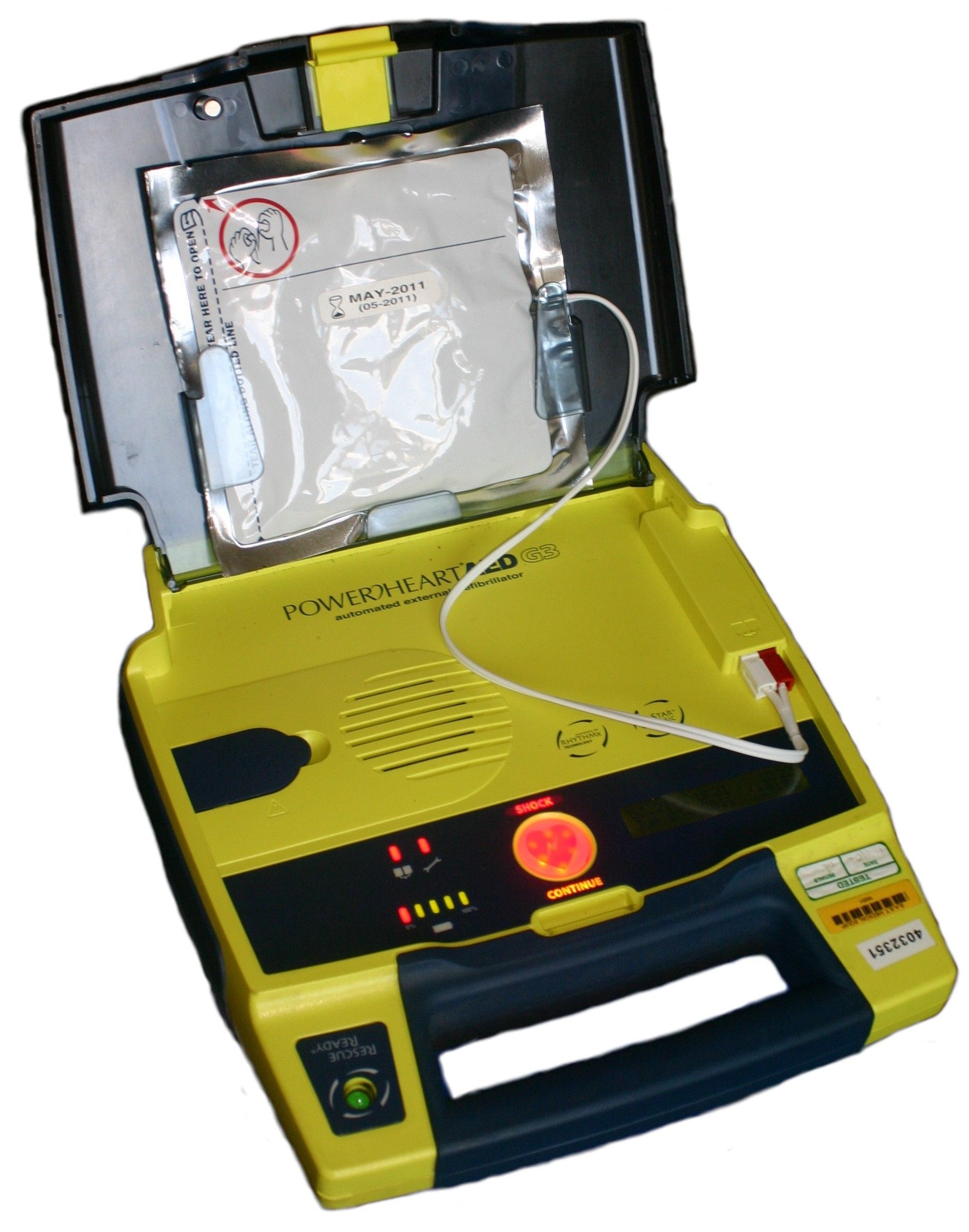
An Automated External Defibrillator (AED) is a portable life-saving device designed to treat people experiencing sudden cardiac arrest. It analyzes the heart's rhythm and, if necessary, delivers a shock (defibrillation) to restore a normal heart rhythm. AEDs are designed to be used by non-medical individuals, with clear instructions guiding users through the process.
Think of the AED as a lifeline. It helps restart the heart, but it doesn't do everything. This is where CPR comes in.
The Critical Role of CPR in Cardiac Emergencies

CPR, or Cardiopulmonary Resuscitation, is a first aid technique used to keep blood circulating to vital organs when someone's heart stops. CPR helps preserve brain function and increase the chances of survival until emergency responders arrive or until an AED can be used effectively.
In fact, CPR and AED work hand-in-hand. When cardiac arrest occurs, your immediate actions can mean the difference between life and death. Administering CPR in those critical moments keeps blood flowing to the brain and other organs, which is vital for survival.
How CPR and AED Work Together:
- Step 1: Start CPR immediately after someone collapses. Chest compressions help circulate blood, preserving vital organs, especially the brain.
- Step 2: Use the AED as soon as it becomes available. The AED can restore a normal rhythm in the heart through defibrillation, but it needs blood circulation to be effective. That's where CPR comes into play.
Without CPR, the chances of successful defibrillation significantly decrease, which is why CPR training remains essential.
Do You Need CPR Certification to Use an AED?
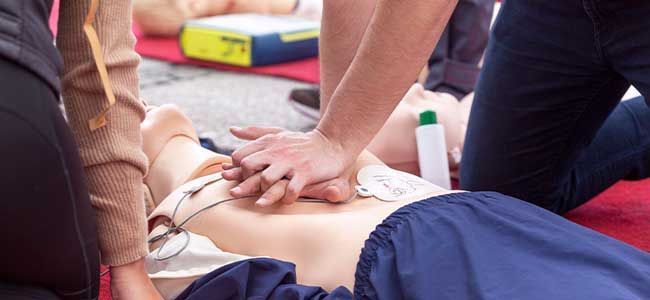
Technically, you do not need CPR certification to use an AED. The device is designed to be simple, with clear voice prompts that guide you through each step. However, while AEDs can direct you on when to administer a shock, they do not teach you the critical skill of CPR.
In emergencies, every second counts. With CPR training, you're equipped to keep blood flowing through the body until the AED can take over. This synergy can dramatically improve survival rates. A study by the American Heart Association found that combining CPR with AED use can increase the chances of survival by up to 75%.
Legal Protection for AED Users: Under Good Samaritan laws, individuals who provide assistance in emergency situations, such as using an AED or performing CPR, are generally protected from legal liability. However, having CPR training ensures you're confident and prepared in case you need to act.
Caring for Your Home AED

Owning an AED means you have a responsibility to ensure it’s always ready for use. Regular maintenance is essential to ensure the device works when needed.
Here’s a quick checklist for maintaining your home AED:
- Check the battery regularly: Most AEDs have a low-battery indicator. Replace the battery as per manufacturer instructions.
- Inspect the pads: AED pads have an expiration date. Ensure they’re always within date and ready for use.
- Test the device periodically: Ensure the AED performs a self-check to confirm it’s functional.
By following these simple steps, you ensure that your AED will be operational if an emergency strikes.
Why You Should Consider CPR and AED Certification

If you already own an AED at home, CPR training is a logical next step to maximize your preparedness. CPR/AED & First Aid for Industrial Safety are critical skills not only in homes but also in workplaces where emergencies can happen anytime. CPR and AED certification courses are widely available, both in-person and online. CPR Professionals offers courses for individuals, families, and businesses that equip you with life-saving skills that can be used in any emergency.
Benefits of Combined CPR and AED Certification:
- Increased confidence: You'll know exactly what to do in an emergency.
- Better survival outcomes: CPR and AED together greatly increase the chances of survival.
- Be a hero: With proper training, you’re prepared to save a life when it matters most.
Conclusion
While an AED is a critical tool in responding to sudden cardiac arrest, CPR remains an essential skill that complements its use. At CPR Professionals, we emphasize that combining CPR training with AED knowledge is the best way to be fully prepared for a cardiac emergency. Don’t wait until it’s too late—equip yourself with both skills to increase the chances of survival when it matters most.
